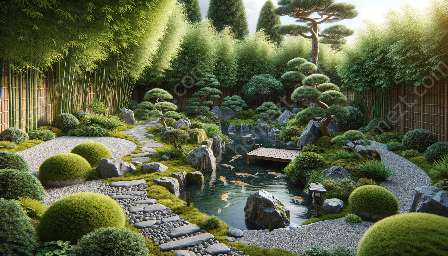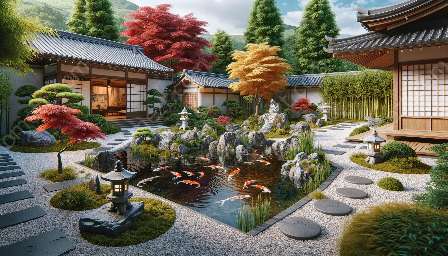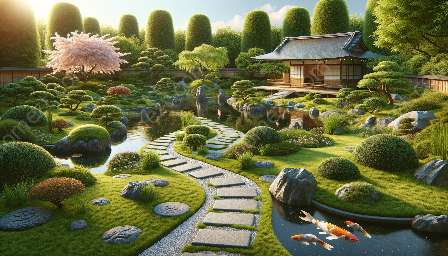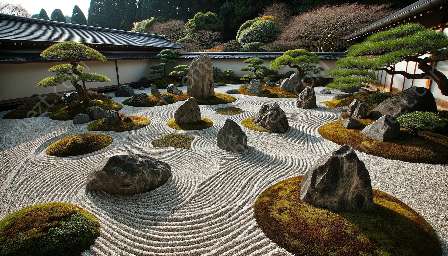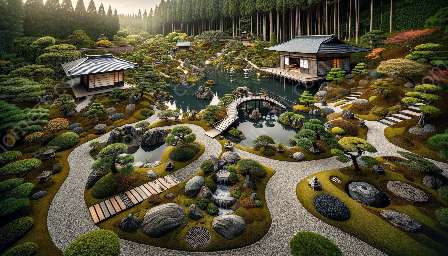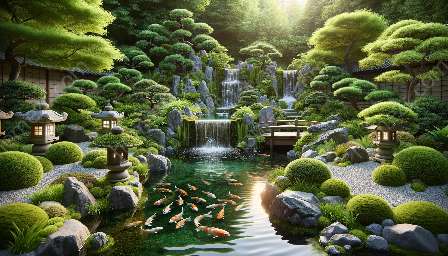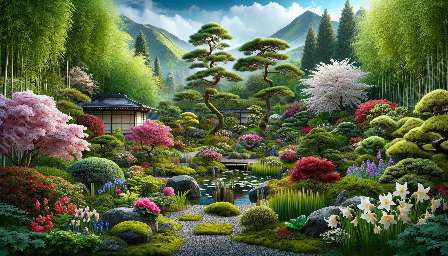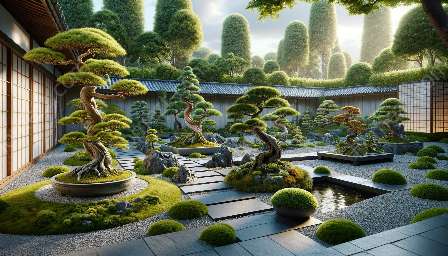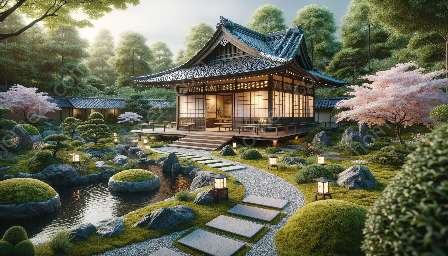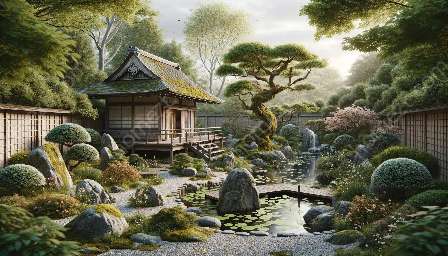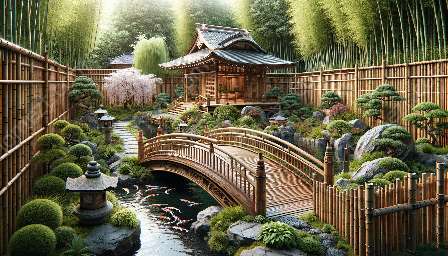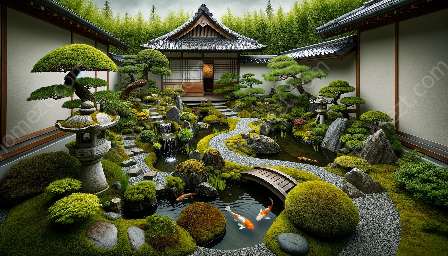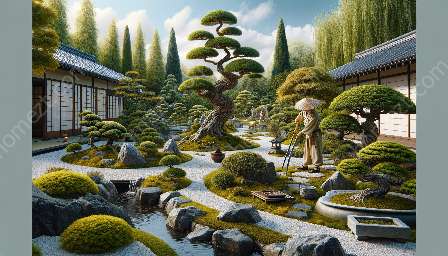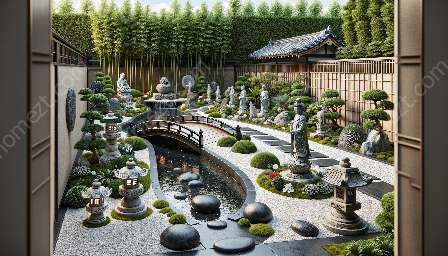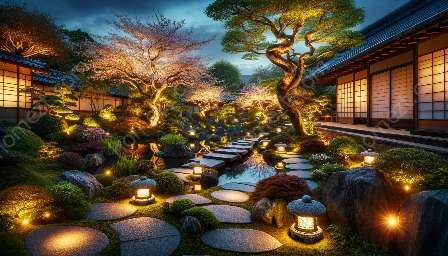Japanese garden design is characterized by serenity, simplicity, and a deep connection to nature. Central to this design aesthetic is the deliberate use of rocks and gravel to create tranquil, harmonious outdoor spaces. By understanding the principles of Japanese garden design and the role of rocks and gravel, you can create an enchanting garden that embodies these timeless traditions.
Japanese Garden Design and Principles
Before delving into the use of rocks and gravel, it's essential to grasp the fundamental principles of Japanese garden design. Known as 'Nihon Teien', Japanese gardens are influenced by Buddhist and Shinto philosophies, and they seek to reflect the natural landscape in a harmonious and meditative way. Key principles include:
- Harmony (Wa): Japanese gardens aim to create a harmonious blend of natural elements, such as water, plants, and stones, to evoke a sense of balance and tranquility.
- Simplicity (Kanso): Embracing minimalism, Japanese gardens often feature simple, uncluttered designs that inspire contemplation and calmness.
- Naturalness (Shizen): Incorporating organic materials and showcasing the beauty of natural elements, such as rocks and water, is a fundamental aspect of Japanese garden design.
- Symbolism (Yugen): Many elements in a Japanese garden carry symbolic meanings, often representing aspects of nature, spirituality, or philosophy.
The Role of Rocks in Japanese Garden Design
Rocks play a central role in Japanese garden design, symbolizing permanence, strength, and the eternal presence of nature. They are carefully positioned to create focal points, divide spaces, and evoke emotions. Common types of rocks used in Japanese gardens include:
- Island Rocks (Tōrō-ishi): These large, naturally shaped rocks represent islands and are often placed in gravel or moss to create miniature landscapes.
- Upright Rocks (Tate-ishi): These tall, vertical rocks are positioned to create visual interest and a sense of height within the garden.
- Flat Rocks (Hira-ishi): Used for pathways and stepping stones, flat rocks guide visitors through the garden, inviting contemplation as they navigate the space.
- Pagoda Rocks (Tō-ishi): Resembling ancient pagodas, these stacked rocks symbolize mountains and are placed strategically to accentuate the garden's visual appeal.
The arrangement of rocks in a Japanese garden is known as 'ishi-ue' and follows specific guidelines to create a sense of artful balance and natural beauty. By juxtaposing different sizes, shapes, and textures, garden designers evoke a profound aesthetic experience that celebrates the enduring connection between humans and the natural world.
The Tranquility of Gravel in Japanese Gardens
Alongside rocks, gravel holds a special place in Japanese garden design. Often used to create 'kare-sansui' (dry landscape) or 'karesansui-teien' (dry landscape garden), gravel symbolizes water, oceans, rivers, or streams. By carefully raking and tending to the gravel, gardeners evoke the visual and metaphorical presence of water, enabling visitors to contemplate its serene, flowing nature without the need for actual water features.
The rhythmic patterns created in the gravel mimic the flow of water and reflect the passage of time, inviting introspection and mindfulness. This technique is evident in famous Japanese gardens, such as the renowned Ryoan-ji Temple's rock garden in Kyoto, where meticulously raked gravel symbolizes rippling water and islands amidst a sea of tranquility.
Creating Your Japanese Garden with Rocks and Gravel
When integrating rocks and gravel into your garden, it's essential to honor the principles of Japanese garden design. Consider the following tips:
- Balance and Harmony: Strive to achieve a balanced composition of rocks and gravel that promotes harmony and tranquility.
- Natural Beauty: Select rocks and gravel that reflect the inherent beauty of the natural world, embracing imperfections and organic textures.
- Symbolism: Infuse your garden with symbolism by positioning rocks and raking gravel in ways that convey deeper meanings and evoke contemplation.
- Minimalism: Embrace simplicity by focusing on a few key elements to create a serene and uncluttered landscape.
By applying these principles and techniques, you can craft a Japanese garden that resonates with the timeless traditions and profound aesthetics of this ancient art form.
In Conclusion
The use of rocks and gravel in Japanese garden design embodies the essence of harmony, tranquility, and natural beauty. By understanding the principles of Japanese garden design and embracing the symbolic power of rocks and gravel, you can create an outdoor space that reflects the profound connection between humans and the natural world. Through careful arrangement and mindful maintenance, you can cultivate a Japanese garden that offers a serene sanctuary for contemplation and rejuvenation.

